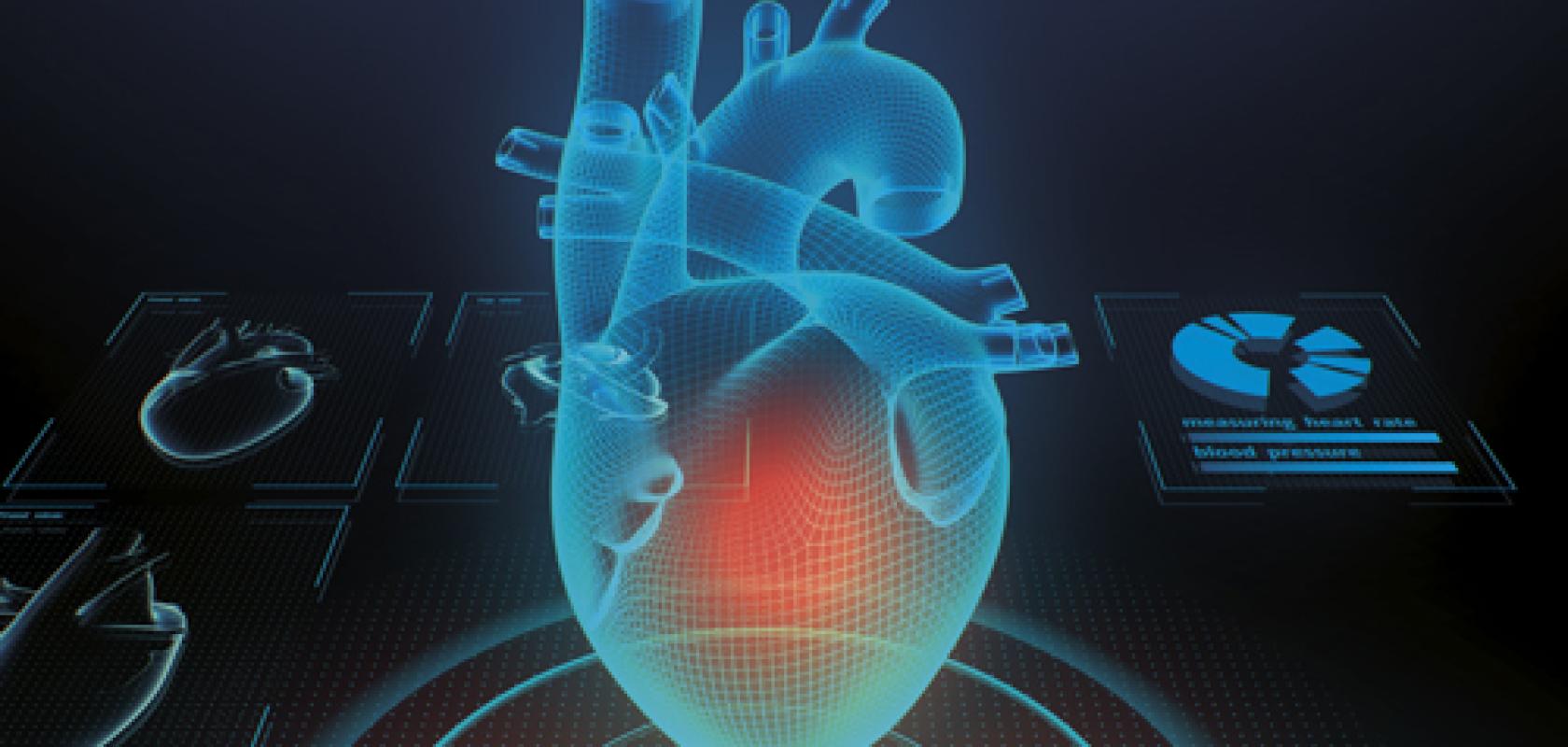Ross Upton, CEO and academic co-founder at Ultromics, discusses the potential to implement AI in clinical diagnostics
Coronary heart disease claims 9.43 million lives a year– and remains the leading cause of death globally. According to the British Heart Foundation, it’s responsible for over 66,000 deaths each year in the UK alone. This adds up to an overall average of 180 people every day, or one death every eight minutes.
In the UK there are 2.3 million people living with coronary heart disease and those with the disease are twice as likely to have a stroke.
But does it have to be this way – and is there anything we can do to tackle this problem further?
Recent technological developments could be the answer. If coronary heart disease is identified more accurately using AI, it may be possible to manage, treat, and prevent problems more effectively. This would have benefits for those who are living with this sadly all too common disease, and those who could go on to develop it in the future.
The challenges of cardiovascular diagnosis
When a clinician looks at an echocardiogram, they analyse a handful of patterns from the image that are indicative of coronary heart disease. However, the average heart disease diagnosis is based on a handful of factors that can be seen with the naked eye – and there are many more data points that can’t be seen. This is the main challenge when diagnosing cardiovascular disease: one which unsurprisingly results in a fifth of patients being misdiagnosed.
And misdiagnosis is a serious problem with substantial human costs for patients who could be unknowingly sent home with a fatal condition, or be sent for unnecessary surgical procedures – both of which result in substantial financial costs to healthcare systems.
AI and future cardiology appointments
The potential medical applications of AI have been well-documented: it is being touted as a solution to diagnostic support, dosage errors and nursing shortages. The way AI could be used in cardiovascular diagnosis is an excellent case study in its benefits.
It could save thousands of lives, as it increases diagnostic accuracy potentially without any changes to clinical workflow. Patients benefit from a more accurate diagnosis and more relevant treatment plans; hospitals can manage those suffering from heart disease far more effectively and at lower cost.
EchoGo, for instance, allows clinicians to analyse an expanded level of information within each echocardiogram. This is done via algorithms which can now identify thousands of data points and draw on one of the world’s largest imaging databases. The technology is trained to give an accurate indication of whether disease is present or not, based on the scans of previous patients and their outcomes: augmenting the clinician in the course of their caregiving activities, without any change to existing workflow.
The introduction of technology like EchoGo does not mean that clinicians are not an important part of the process – or that they will be replaced. The excitement around AI can occasionally veer into suggestions that it may replace doctors. In reality, whenever medical advances occur that are shown to improve the health of patients, doctors are far more likely to welcome them and be keen to use AI-augmented diagnostics and treatment plans in their clinical practice.
Meanwhile, the raw costs of hardware will be mitigated by the value of software. In terms of how this will affect us in the future, it is likely that physical health tech products will become smaller and smaller, perhaps even to the point where they are integrated into smartphones. Diagnostic software tools could be held in the palms of patients’ hands – shifting first-line cardiology diagnosis into the living room, rather than the hospital. When the future patient makes an appointment with their clinician, it could be to discuss their best options to get better, rather than having to start at the beginning and work out what is wrong.
From treatment to prevention
This has significant implications. A world where cardiovascular diagnosis is more accurate is not just a world where heart disease is treated more effectively – but a world where it can be potentially stopped in its tracks before it ever becomes a major medical problem.
In the future, we expect to see AI-augmented diagnostics and monitoring being delivered locally by less experienced operators. This could result in the broader clinical emphasis moving from spending huge amounts of money trying to stop difficult-to-manage established disease in older patients, to maintaining cardiovascular health in younger ones. If enough hospitals and clinicians implement sophisticated diagnostic tools, then the proliferation of heart disease could be significantly limited.
With this in mind, healthcare providers and patients should embrace the current possibilities of AI, and the substantial number of lives and amounts of money that could be saved from its implementation.
Ross Upton developed the algorithm behind Ultromics while working on his PHD at Oxford University. Together with professor Paul Leeson he launched Ultromics.


